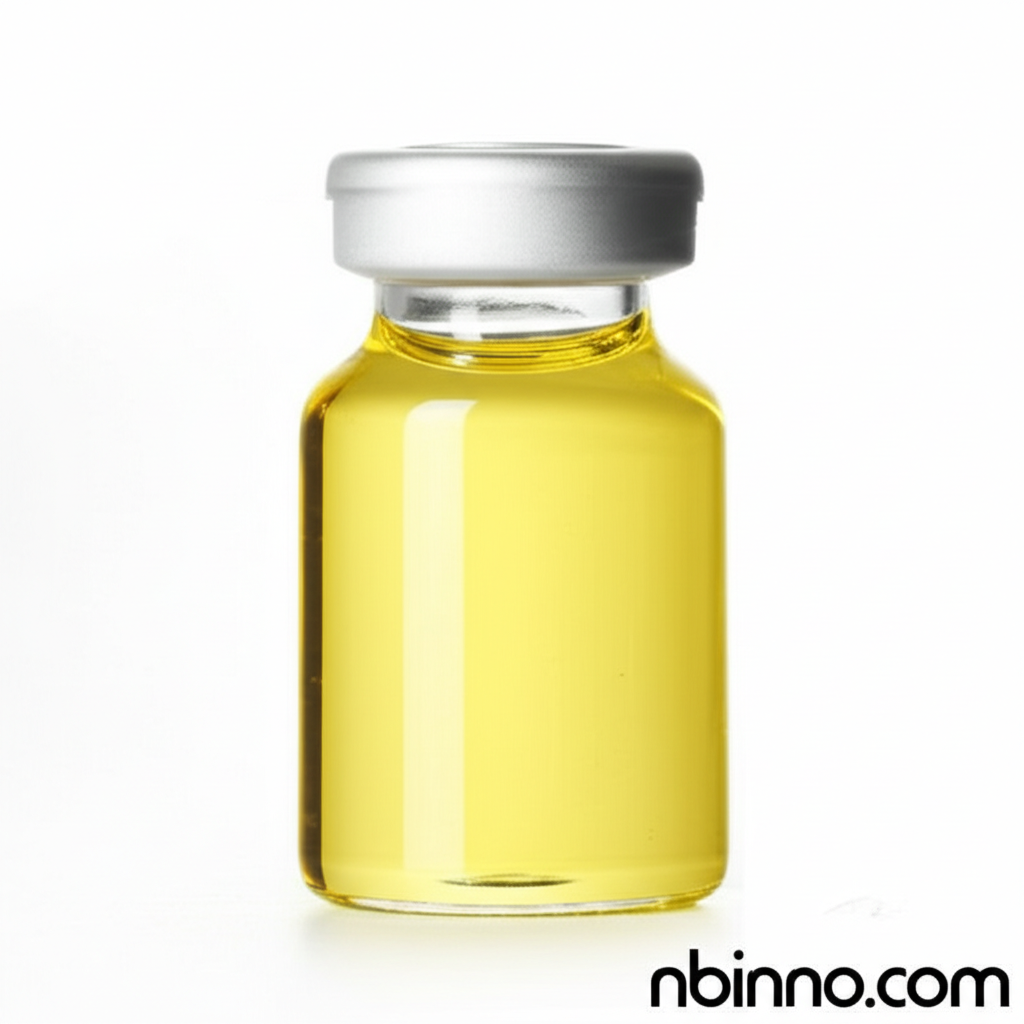Understanding N1,N4-Bis(1-methylpropyl)-1,4-benzenediamine (CAS 101-96-2)
Your essential guide to a key chemical intermediate for industrial applications.
Get a Quote & SampleProduct Core Value

N1,N4-Bis(1-methylpropyl)-1,4-benzenediamine
This compound, identified by CAS 101-96-2, is a vital chemical intermediate known for its robust antioxidant capabilities, significantly enhancing the longevity and performance of materials exposed to oxidative stress and thermal degradation.
- Explore the key properties of N1,N4-bis(1-methylpropyl)-1,4-benzenediamine CAS 101-96-2 to understand its chemical behavior and suitability for various formulations.
- As a crucial chemical intermediate suppliers often provide this compound for specialized syntheses.
- Its role as an antioxidant for polymers is paramount in extending the service life of rubber and plastic products.
- Discover the diverse di-sec-butyl-p-phenylenediamine applications across different industrial sectors.
Product Advantages
Enhanced Material Longevity
Utilizing this compound as an antioxidant for polymers significantly delays degradation, ensuring products maintain their integrity and performance over extended periods.
Versatile Industrial Applications
The compound's function as a stabilizer in plastics and its role as a precursor in dye synthesis showcase its wide-ranging utility, making it a valuable asset for various manufacturers.
Reliable Sourcing Opportunities
Understanding the landscape of chemical intermediate suppliers is key to securing a consistent and high-quality supply for your manufacturing needs.
Key Applications
Polymer Stabilization
This chemical is essential for preventing oxidative and thermal degradation in polymers, a critical aspect of product durability. Discover di-sec-butyl-p-phenylenediamine applications in this sector.
Rubber Industry Enhancement
Its antioxidant properties are highly valued in the rubber industry to protect against environmental factors that cause premature aging and failure.
Chemical Synthesis
Serving as a precursor, it plays a vital role in the synthesis of various dyes and pigments, contributing to the vibrant color industry.
Plastic Additive
As a stabilizer, it contributes to the improved processing and long-term performance of plastics, a key benefit sought by manufacturers.
